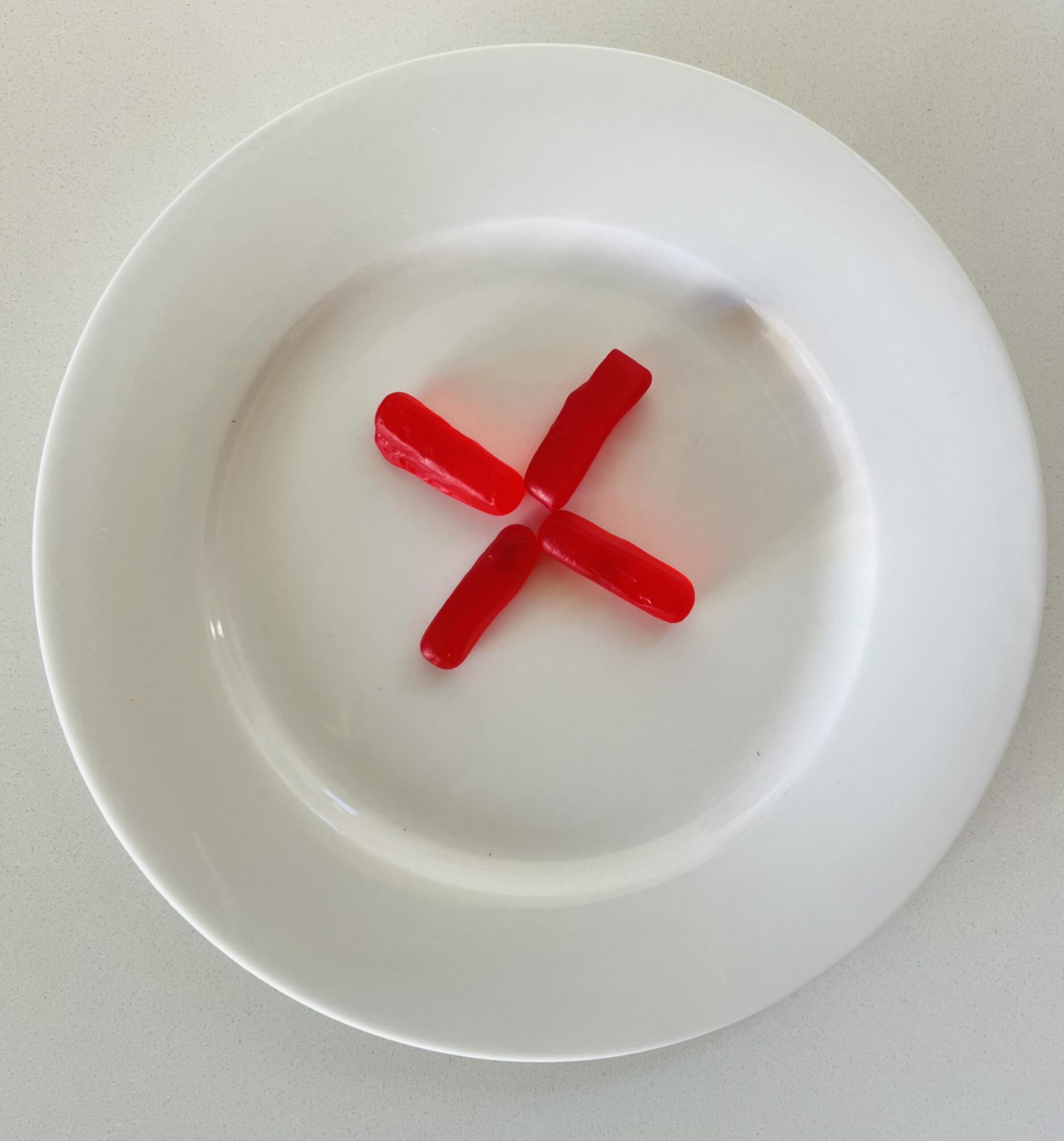15th January 2025: The Food and Drug Administration (FDA) announced today that it will ban the use of red dye No. 3. This synthetic dye is responsible for the bright cherry red color in foods and beverages and has been associated with cancer in animal studies. Here’s a roundup of the reaction to this important announcement.
Red Dye No.3 is used in thousands of foods
Red dye No. 3 has been a topic of heated debate for decades, with mounting evidence pointing to its potential health risks.
Despite this, the dye is still used in thousands of foods all over the world. These include candy, cereals, cherries in fruit cocktails and strawberry-flavored milkshakes.
Years of research and lobbying on Red Dye No. 3 pay off
The FDA’s decision to ban red dye No. 3 follows years of scientific research and advocacy by consumer health groups, including the Center for Science in the Public Interest, Environmental Working Group (EWG) and the California Assembly’s Committee on Health.
Incidentally, California banned red dye No. 3 and other substances back in 2023.
Red Dye No. 3 was banned in cosmetics and topical drugs in 1990
Quoting from a commentary by the Center for Science in the Public Interest:“In 1990, the Food and Drug Administration banned red dye No. 3 from use in cosmetics, like lipstick and skincare products, as well as topical drugs, like pain-relief ointments.
“That’s because the FDA learned in the 1980s that red dye No. 3 is a carcinogen in rats. Federal law requires that the FDA prohibit the use of any cancer-causing color additives in foods, drugs, and cosmetics. In 1990, the agency banned Red 3 for topical uses, but the FDA decided (and promised) to take separate regulatory action to ban Red 3 from the food supply and other oral products.”
“More than three decades elapsed, and the FDA never took those critical next steps, failing to keep its promise and, more importantly, failing to protect consumers from this clearly unsafe additive. Red 3 can still be found in thousands of candies, snacks, and fruit products. ”
A concerted effort by health activists to get Red Dye No. 3 banned in food
EWG noted in its press release that EWG, the Center for Science in the Public Interest, the Center for Food Safety and other public health groups petitioned the FDA to ban red dye No. 3 back in 2022.
“Red 3 is known to cause cancer in animals and has been banned in cosmetics since 1990. “
EWG President and Co-Founder Ken Cook told media, “We wouldn’t be celebrating this historic decision today without the relentless leadership of public health champions like Michael Jacobson and others who took up this fight decades ago on behalf of consumers.”
“We all owe a debt of gratitude to Michael and the other early leaders who pushed the FDA to remove toxic chemical ingredients from the nation’s food supply,” Cook said.
Jacobson, who co-founded CSPI in 1971, has been a leading advocate for tackling the underlying causes of preventable diseases. He has been championing a just and sustainable food system that makes healthy, nutritious options accessible to all.
Still more to be done
Nicolas Hulscher, MPH Epidemiologist and Foundation Administrator at the McCullough Foundation, said in his newsletter, “This ban was LONG overdue. Unfortunately, there are still other synthetic food dyes that have also been linked to serious deleterious health effects that still remain on the market.”
“A few months ago, I summarized the harm linked to synthetic food dyes — outdated FDA standards expose Americans to toxic food dyes linked to cancer, neurobehavioral issues, and other health risks, demanding urgent regulatory action; delays, and behavioral changes.”
FDA issues a deadline
Food manufacturers will have until Jan. 15, 2027 to reformulate their products. Companies that make ingested drugs, such as dietary supplements, will get an additional year.
Bottom line
The banning of red dye No. 3 is a global health win. Yet there’s still much work to do. Everyone needs to be vigilant around food additives. Read product labels. Support health activism groups and just don’t accept that food has to be toxic! Your health is your wealth. Protect it.
Main Photo credit: Gisèle WERTHEIM AYMéS
Read other articles on Longevity Live



![women [longevity live]](https://longevitylive.com/wp-content/uploads/2020/01/photo-of-women-walking-down-the-street-1116984-100x100.jpg)










